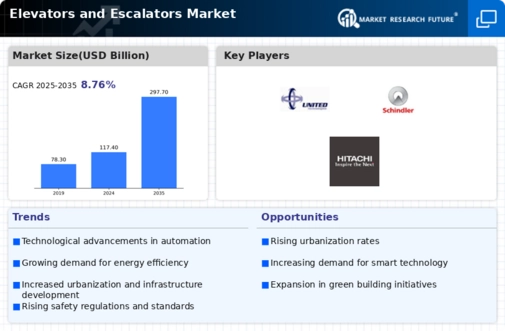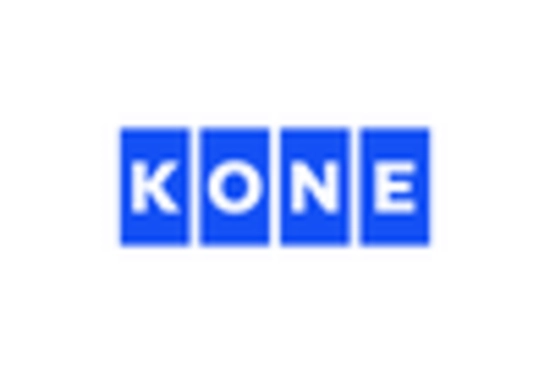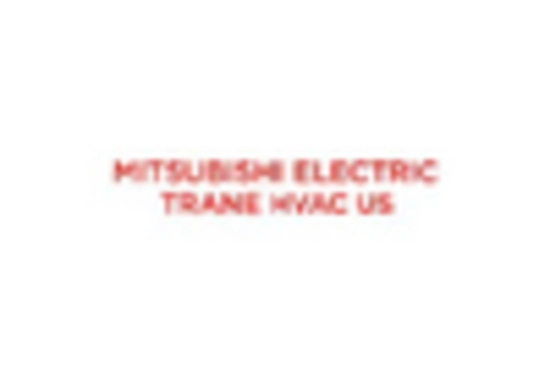Market Share
Elevators and Escalators Market Share Analysis
Due to reasons such as rising urbanization and industrialization all over the world, there has been an increase in demand for electricity generation, thereby raising the need for coal, which is a crucial resource in energy production within the energy sector. Similarly, steel is used in many sectors, including the building world, transportation, manufacturing, and composite goods. An increased disposable income has led to the market for manufactured consumer products being saturated. In this dynamic environment of the lift market, companies adopt different positioning strategies aiming at capturing maximum market share. Product differentiation that involves offering unique features or the latest technologies on the elevators/escalator systems the company manufactures forms one such popular strategy used by companies. Another important feature of market share positioning in this industry is segmenting the market. By understanding different customer groups with varied needs, companies can design their products to meet particular demands. Collaboration and partnerships are extremely vital in the Elevator and Escalators market. This can be done by forming strategic alliances with architects, builders, and real estate developers so that companies can seamlessly integrate their products into upcoming projects. Price competitiveness is another key determinant of a good market share position. Some firms adopt a cost leadership strategy where they are able to provide elevators and escalators at competitive prices without compromising on quality. This strategy works particularly well in price-sensitive markets that are characterized by customers who highly prioritize affordability. On the other hand, premium pricing strategies target customers who are looking for high-end quality, advanced features, and outstanding services. Companies often embrace geographical expansion as a plan to broaden their coverage area in the market. Identifying regions with potential for high growth and enhanced infrastructure development allows businesses to make calculated investments there. The approach enables them to take advantage of emerging opportunities while increasing their presence across diverse markets. As such, each company uses different strategies, including product differentiation, targeted segmentation, strategic collaborations, competitive pricing, or geographical expansion, among others, which contribute towards its standing within an industry marked by stiff competition such as this one. To successfully deploy these methods, companies must understand consumer preferences, respond promptly to changing environmental settings, and appreciate current trends that dictate consumer behavior.

















Leave a Comment